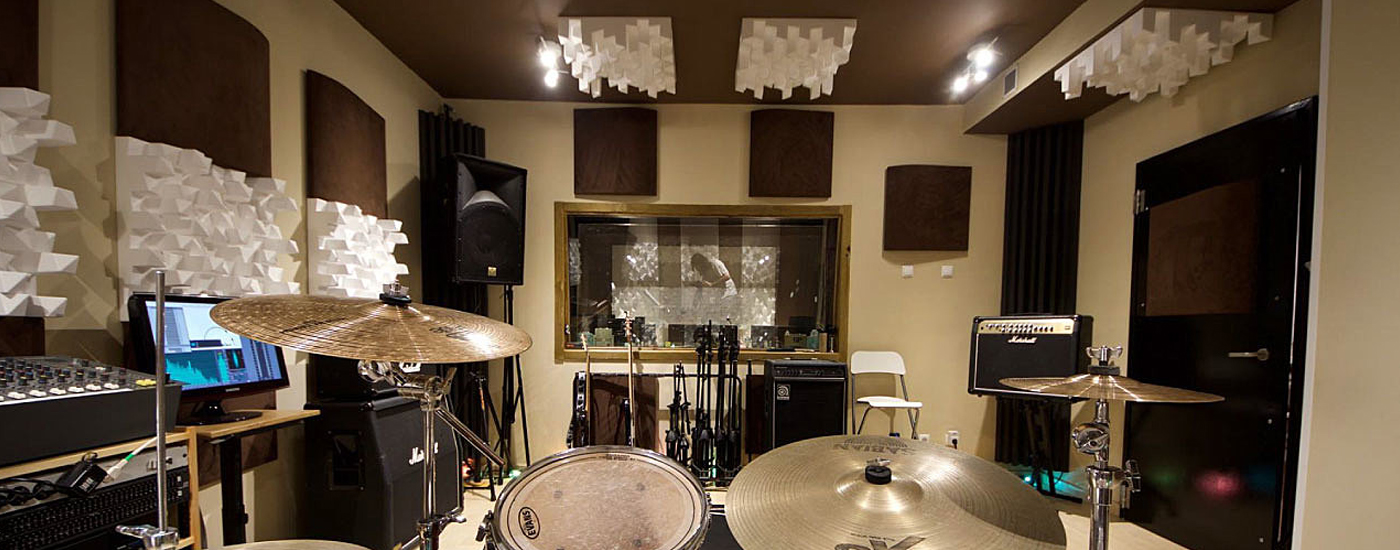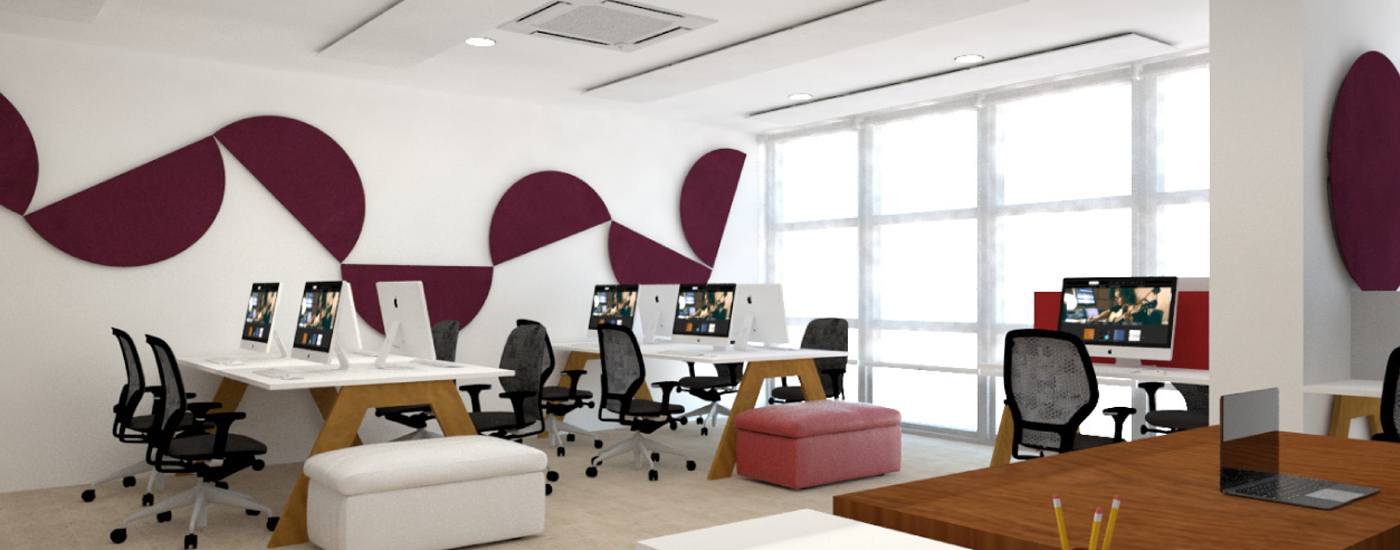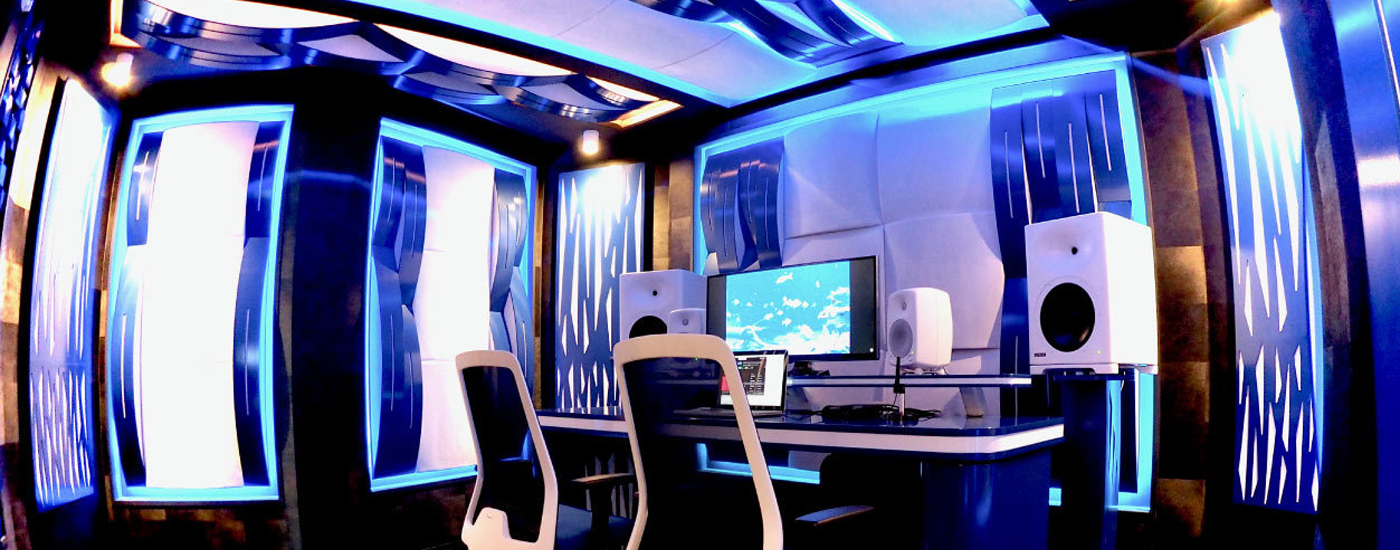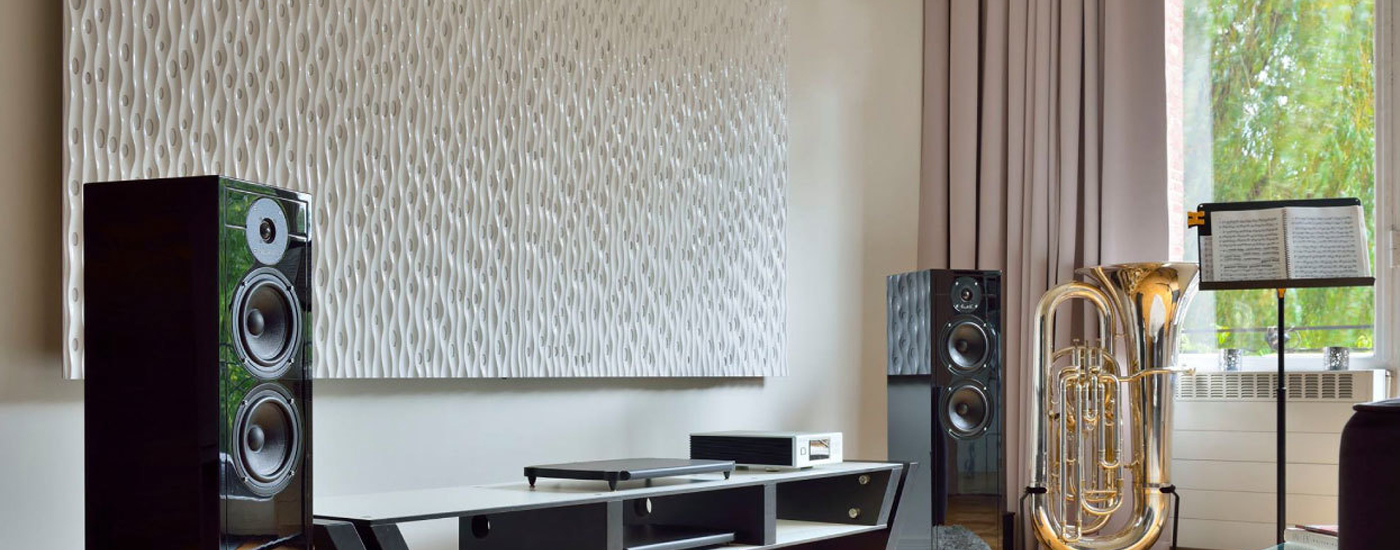Passion for acoustics
Our every day mission is to drive innovation and engineer acoustic performance, combining these to create unlimited design possibilities. We believe that simple is more & performance flourishes from emotion! Using technology at the core of a solid network of partners, we blend the best facets of design, engineering & customer service, offering a selection of products that combine high acoustic performance and unique visual effects.

We are as dynamic as our market, and always keep the customer at heart, we constantly adapt in a quest for constant improvement and offer a streamlined user experience; from sales, project management, to shipping. Our clients inspire us, and we love inspiration. To better respond to your needs we have been setting up new service channels that optimise commercial, design and production flow so we can provide you with the best user experience.
We dream about building this global community and about how together we can create the most groundbreaking and comprehensive set of acoustic treatment projects and designs.
We love what we do and look forward to working with you!
Soundproofing and sound Quality. What’s the difference?
Soundproofing: Isolating sound
Sound can be suppressed form traveling through space by means of barriers.
This will create soundproof environments. This is soundproofing.
Quality: Optimizing sound
Sound in an environment is a result of bouncing reflections. The way sound interacts with space can be shaped in order to offer a better perception of sound to the listener. This is sound quality.
SCIENCE OR AESTHETICS, WHY SHOULD WE HAVE TO CHOOSE?
Sound Particle
The origin of sound
Let’s start at the very beginning. Sound starts at the source. A source generates vibration that disturbs air particles. This is what we consider a sound particle. These particles disturb the surrounding particles, creating an expanding wave pattern.
What is a cycle?
Explaining particle movement
The sound particles vibrate back and forth, in response to the stimulus.
This 4 step movement is called a cycle. The traditional model is based on the trigonometric circle, with key points at 0, 90, 180, 270 degrees. This is the outline for sound phase, which we will cover later.
Cycles into waves
Understanding sound waves
Particle movements can be easily demonstrated through a wave diagram, which is universally known as a way to represent sound waves and frequency.
Multiple cycles
Sound frequency
The number of cycles per second is measured in hertz (Hz). The more cycles per second, the higher the frequency. The human hearing range is between 20Hz and 20KHz.
Sound waves
Sound as multiple particles
The pattern of disturbance created by the movement of energy through a medium (such as gases, liquids, and solid matter) is known as a sound wave. The wave carries sound through a medium, usually in all directions, and less intensely and it moves away from the source.
LEARN MORE ABOUT ACOUSTICS
We’re passionate about acoustics, so we’re sharing our knowledge with you.
The difference between treated and untreated sound
Our perception of sound is a result of the interaction of multiple sound waves, that reflect over our environment, and interaction between sound waves themselves.
When we hear a sound in a room, the first wave that reaches you is the direct wave. As the name indicates, this wave has not interacted with the room, as it is directly from the emission source. Next, you will hear the first reflections, that normally only reflect once. We call this a first order reflection. Then, we perceive other reflections that are the result of numerous reflection from multiple surfaces. These reflection can be 2nd, 3rd or 4th orders, depending on the damping materials of the room.
The air velocity of sound is 344 m/s. The reflected waves travel a longer path, taking longer to reach the listener. This can create an echo effect, in which we perceive two distinct sounds, caused by a time distinction of over 80ms.
Reverberation time is our indicator of sound decay in the room. By definition, it’s the necessary time for sound energy to decrease by 60dB.
The acoustic quality of a space is dependent of various factors: It can be related to the homogeneocity and non-homogeneocity of the sound field, and the quantity of energy in the room. These factors are engineered in accordance with the purpose of the room.
At Artnovion we have many ways of improving acoustics. Absorption, where we remove energy from the room reducing or eliminating reflections; or through diffusion, where we scatter incoming waves, distributing their energy over a larger area.
Experience below how different sound fields affect our day-to-day environments, indicated by their RT.
We recommend you use headphones to achieve the maximum effect.
WE HELP YOU CREATE BREATHTAKING EXPERIENCES.
Here we’re pleased to share our latest projects to help you find your inspiration.
[ngg src=”galleries” ids=”1″ display=”basic_thumbnail” thumbnail_crop=”0″]


 Suomi
Suomi Eesti
Eesti Latviešu
Latviešu Lietuvių
Lietuvių




 seastone.audio
seastone.audio